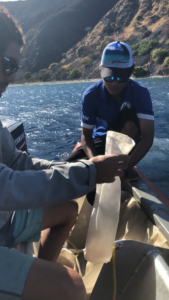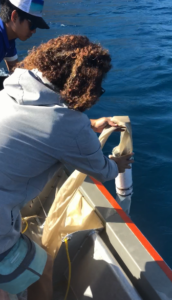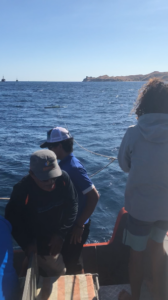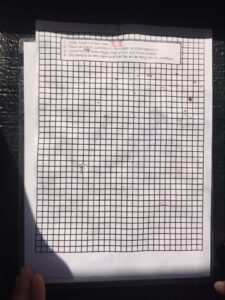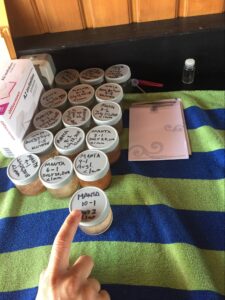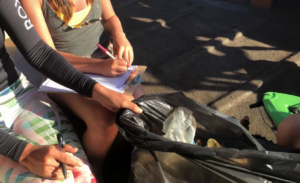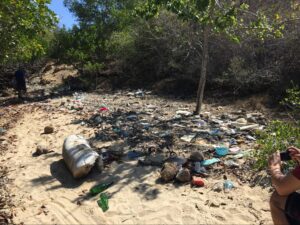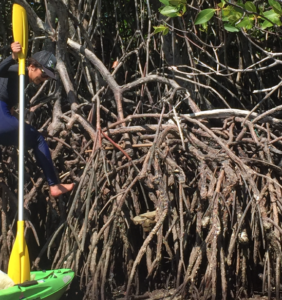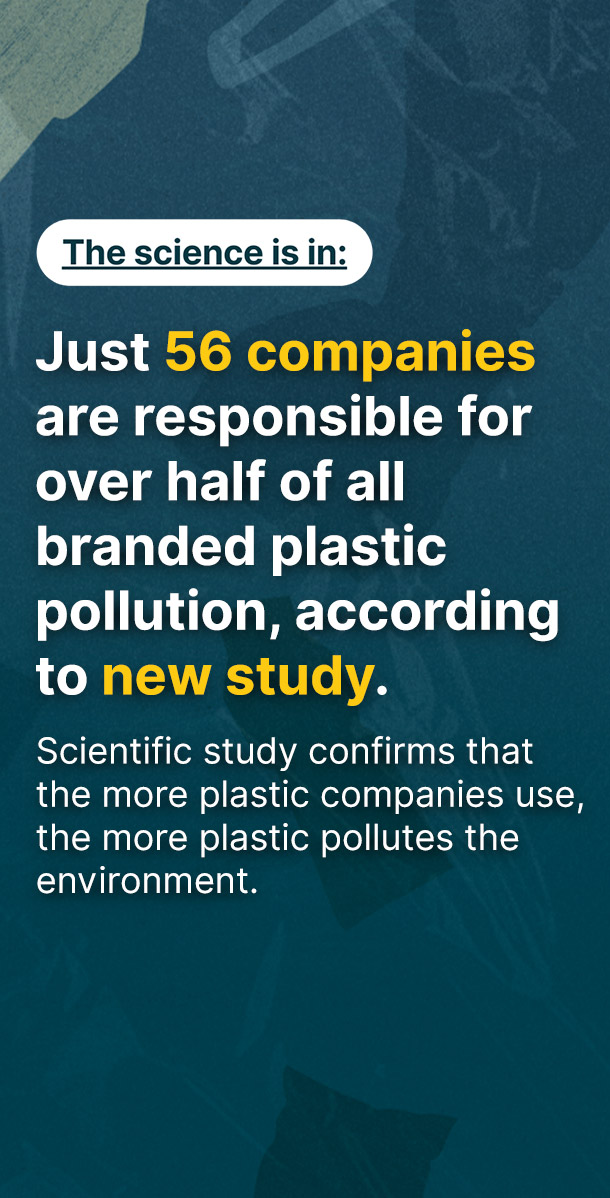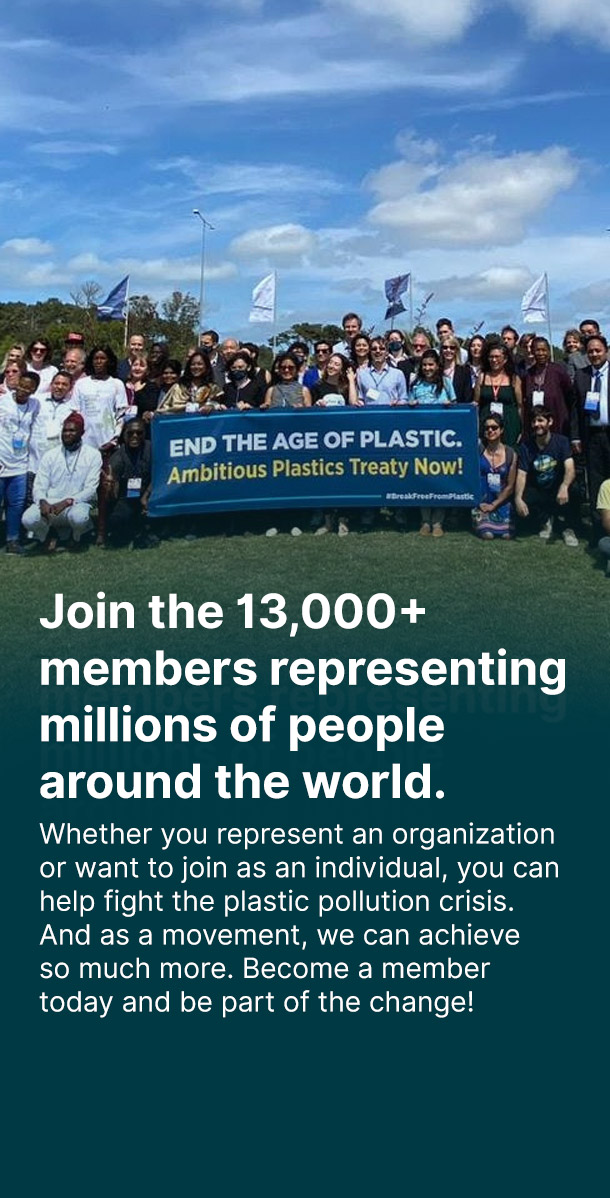I had the privilege of representing BaliFokus in the 18th 5Gyres Expedition in Indonesia’s Coral Triangle from Lombok to Labuan Bajo. Our leg consisted of experts and practitioners in waste management. Through the Asia Pacific Action Against Plastic Pollution program, 5 Gyres is collaborating with non-governments in Southeast Asia to highlight and scale zero-waste efforts in the region. This expedition was organized to have a better understanding of long-term impacts of these initiatives, representatives from participating groups joined the Expedition to train on citizen science protocols.
There are several studies conducted that reveal that plastic is entering the environment, especially in the ocean: through mismanagement of waste (Jambeck et.al, 2015[1]), rivers and waterways (Lebreton et.al, 2017[2]), from urban area sources (Dris et.al, 2018[3]), and other sources. These pathways allow plastic to penetrate the water cycle and eventually ends up in the ocean. This is due to fact that plastic’s cannot follow the water cycle evaporation after entering waterways. Through photodegradation, bigger plastic crumbles into smaller pieces while the bigger part eventually sinks to the seabed. As persistent marine pollutant (Worm et.al, 2017[4]), plastic and microplastic have been found in marine organisms (Rochman et.al, 2015[5]) that potentially acts as a carrier of toxic chemicals (Bergmann et.al, 2015[6]).
During the expedition, we were applying science to all of our activities conducted in the expedition. There were four main activities on the expedition: assess microplastic on ocean surface; assess plastic on beaches, assess plastic on mangrove area and do a brand audit.
In this expedition, 5 Gyres and all the crew expedition were collecting data from those activities to enrich current research on plastic pollution. Surface-trawl were used as method to collect microplastic data on ocean surface. This method allowed us to determine how many microplastic are retained in the trawl filter on the ocean surface through certain volume of water passing through the filter. Surface trawls were conducted eighteen times in six different locations during the expedition.
These retained chunks of microplastic were transferred to different size of sieve, then analyzed through a grid analyzing paper: the amount and size of microplastic. University of California Riverdale, though their PhD researcher Win Cougar, is also 5 Gyres’ partner that helps in analyzing further the rest of the samples to reassure whether the filter contains smaller size of microplastic, or the ones that cannot be characterized through naked eye on the field. Marcus Eriksen, co-founder of 5 Gyres Institute, found the results of surface trawl are relatively lower than other places and hypothesized that it might be affected from “islands phenomenon”, while after entering into the ocean plastic might be washed up to shorelines and trapped along the beach.
Another data collection method was from beach clean-ups. Beach clean-ups were organized in five beaches with additional brand assessment among two of them. In total, the second leg crew collected 225 kg (8738 items) of trash with these top five items at most: styrofoam, misc fragments of plastic, water cups, shoes and water bottles.
Mangroves play unique a role on capturing plastic debris floating on the ocean, because of the exposed roots and ocean tides in the marine environment. Using kayaks, mangrove clean up recovered 39 kg of trash (131 items), with fishing ropes were mostly found in mangrove areas.
During the evenings, we listened to experts from various backgrounds who joined the crew. Nighttime conversations covered several topics during the expedition still focusing, of course, on plastic pollution issues: plastic leakages into the environment, research of microplastics, how plastic may potentially affect human health, surfer’s
contribution to solving plastic pollution, recycling and waste management, textiles and microfibers, legal actions for corporate responsibility, and even about in-situ resource utilization up in space.
Collected data on this Expedition will be incorporated into 5 Gyres’ global dataset of microplastics. It will also be used to update 5 Gyres’ Global Estimate of Marine Plastic Pollution study. 5Gyres and its partners in this expedition aim to enrich global plastic pollution data to better understand the global scope and trends related to ocean plastic pollution and to monitor the efficiency of upstream solutions over time.
Photo Credit: 5 Gyres Institute and Mochamad Adi Septiono (BaliFokus Foundation)
[/et_pb_text][/et_pb_column][/et_pb_row][/et_pb_section]


